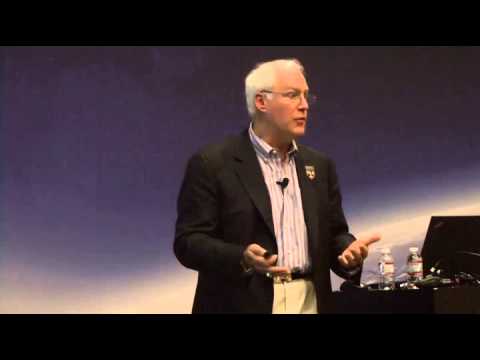Originally Recorded during VMworld US – Monday, August 25, 2014.
Baseball is America’s pastime. MLB Network is currently distributed in approximately 70M homes throughout the US and Puerto Rico. To support 24-hour/day broadcast operations, in 2008 MLB Network developed one of the first 100% file-based broadcast content workflows in the industry. This year, MLB Network was challenged to rebuild this infrastructure on open systems platforms, and has applied emerging IT technologies, such as vSphere 5.5 and converged infrastructure, to reach the operational efficiencies for the next era. The MLB Network’s Engineering and IT organization is responsible for managing the broadcast infrastructure for the collection of all of the Major League Baseball games and archives of baseball. With over 5,200 hours of content being recorded each week, MLB Network is challenged to capture, catalog and repurpose this video content for MLB Network programming. With over 25 petabytes of LTO-4 tape storage and over 500,000 hours of archived content, MLB Network relied upon the vSphere environment to power this system. MLB Network is migrating to the next-generation of infrastructure to manage, protect, and share the vast contents within the archive. This next-generation system takes advantage of virtualization and the latest advancements within data center cloud-based initiatives. This deployment supports: 160 high-definition video record channels, 56 high-definition playback channels, 60,000 hours of disk storage space, 50 high-definition edit rooms remotely accessing workstations and content two kilometers away, and 150 desktop editing environments used to create broadcast content. This required creative and exciting approaches to solving these engineering challenges The MLB Network will share its experiences in planning, building, managing and maintaining its cloud infrastructure, focusing on how it maximized its investment. Key operational initiatives, including rapid scaling, maximizing utilization, optimizing peak workload performance, planning for growth, and delivering consistent and predictable services at an acceptable cost will be discussed.
Tab Butler – Director – Media Management & Post Production, MLB Network
